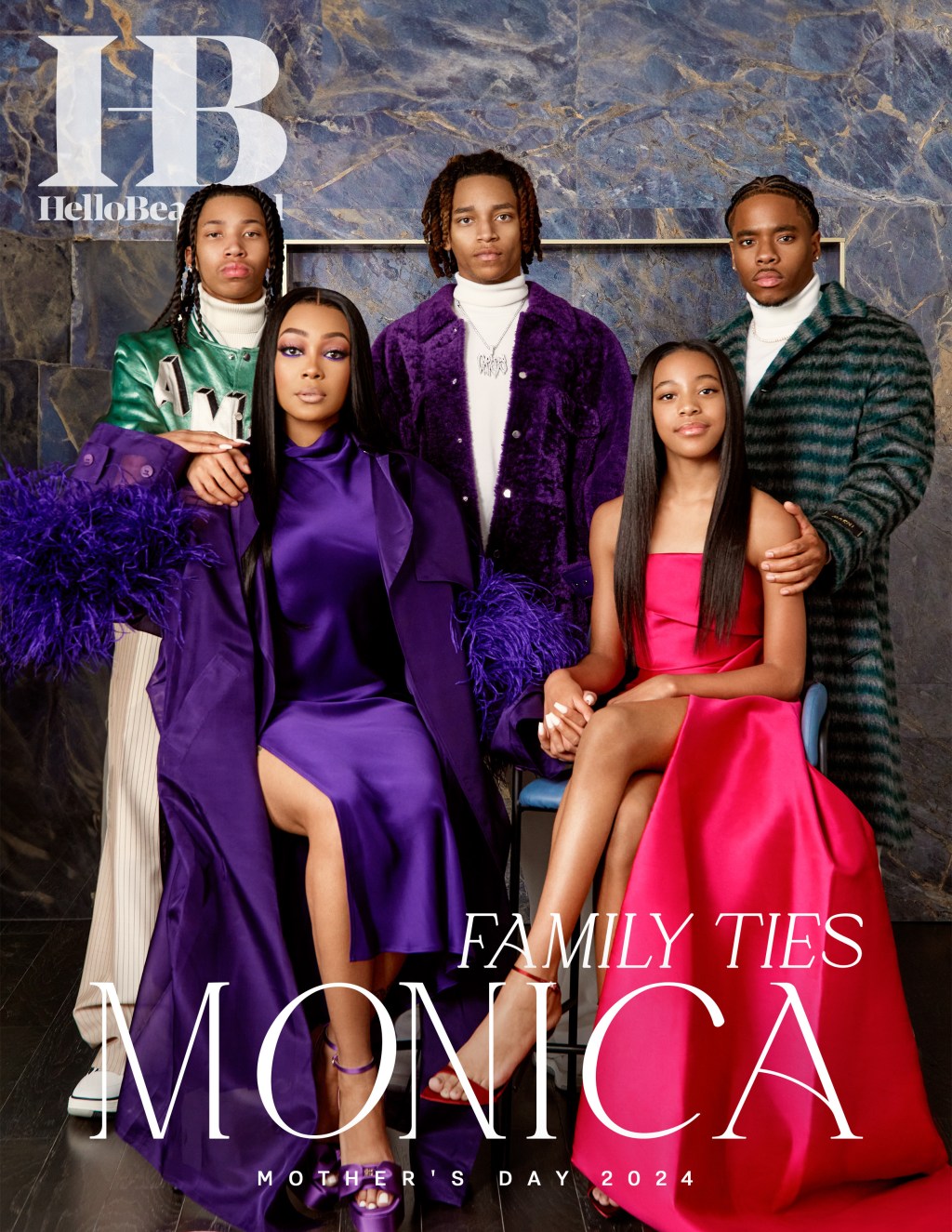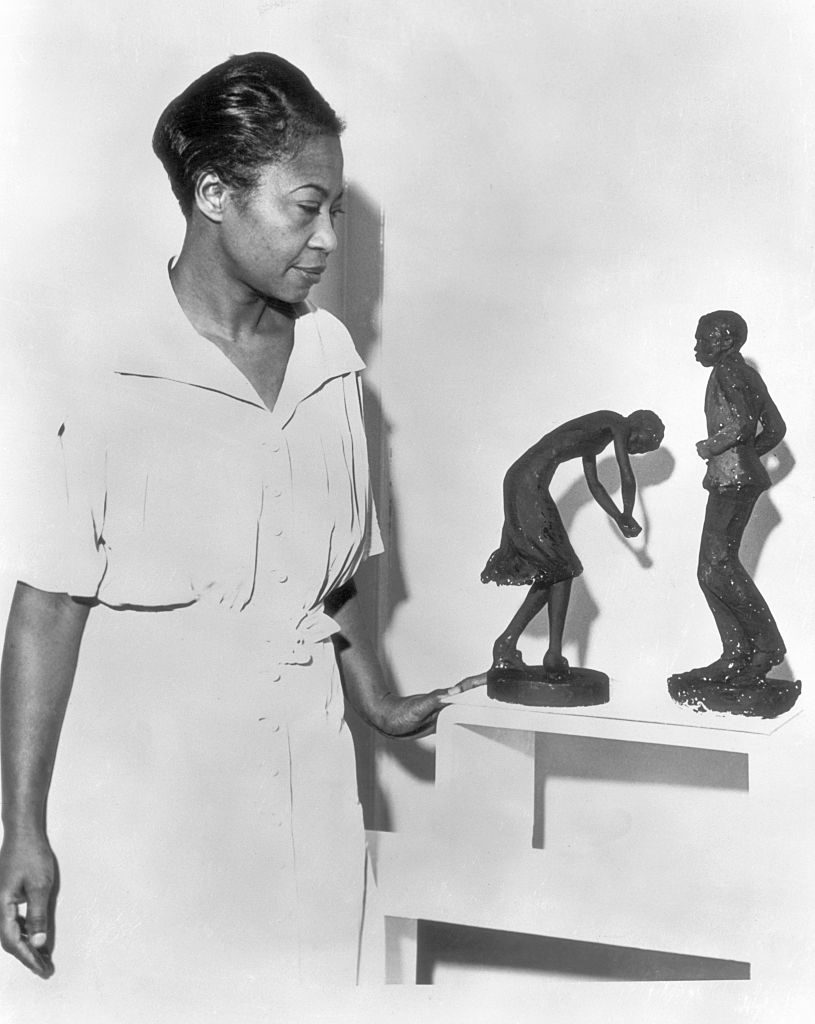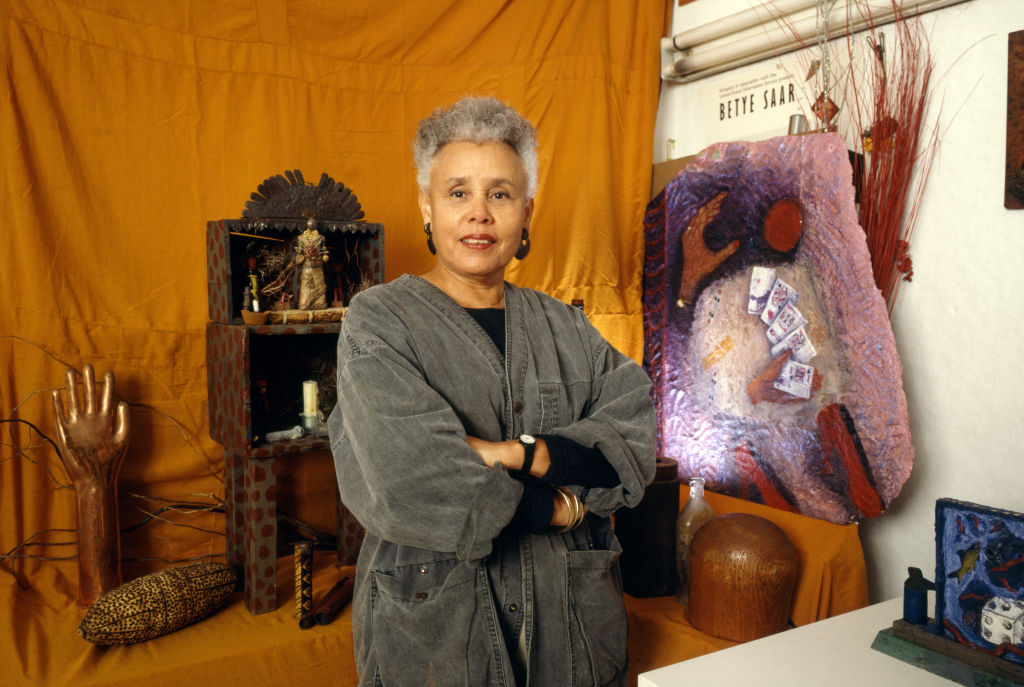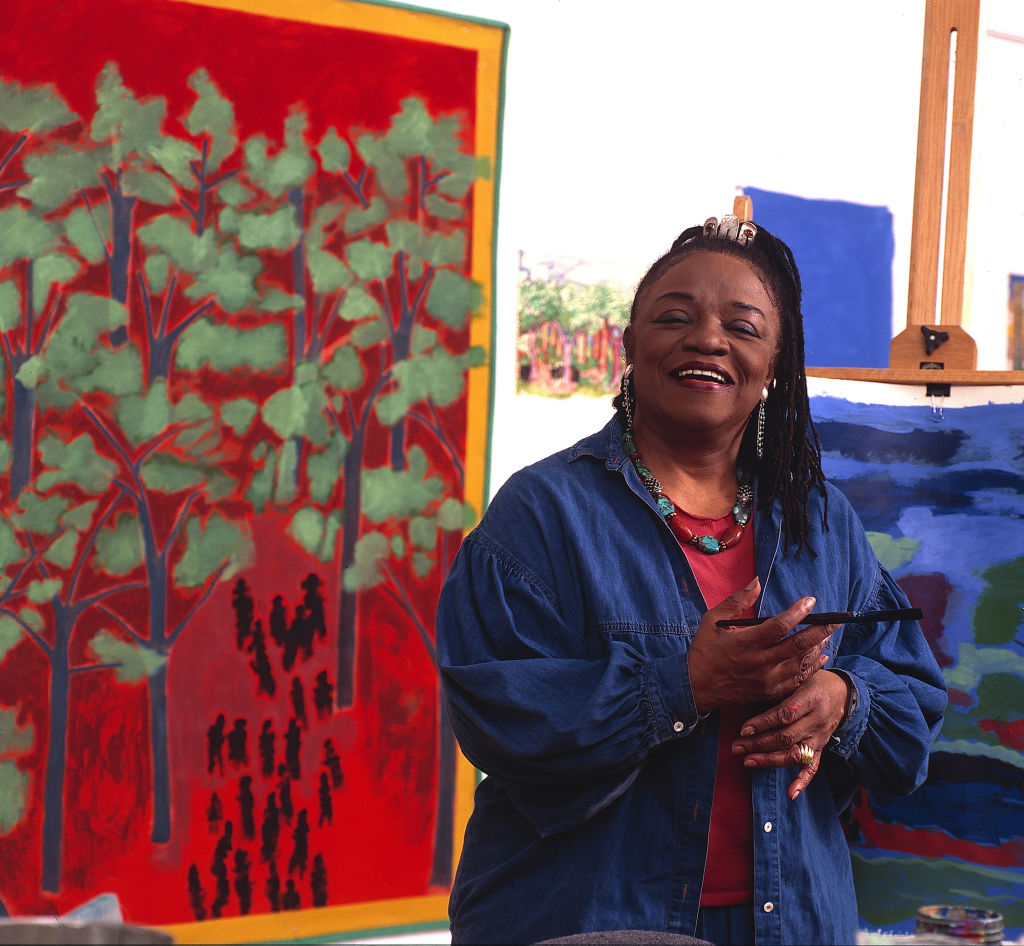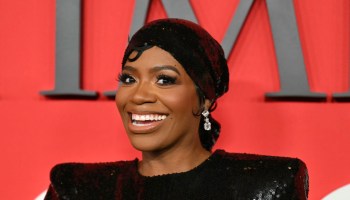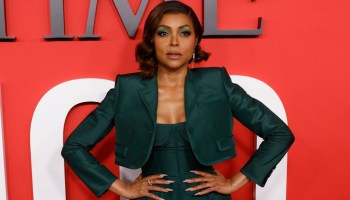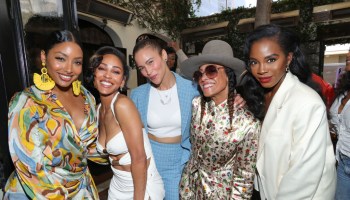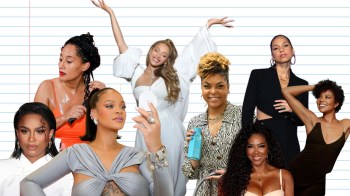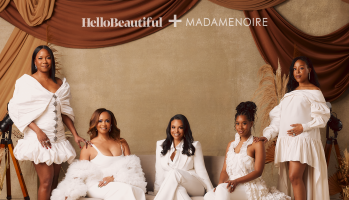The art history and legacy of Black women run far, deep and wide, particularly since they are the mothers of many and much. That’s not a farfetched claim, considering they have given birth to a continent, civilization and Afro-nations of the Black diaspora. Black women are known to bore, breed and nurture entire cultures as a labor of love—and sometimes one of loss. These melanated martyrs have beared the brunt of caretakers, for the sake of Blackness, and whiteness when slavery and servitude is considered, to the point of putting themselves to the side and their art on the shelf. They sacrificed their time, their womanhood and their artistic identity to be in service of so many others. For many women, this resignation was a detriment to their creative souls. It meant suppressing themselves and the very thing that freed them—their art.
In the text, In Search of Our Mothers’ Garden, critically-acclaimed author Alice Walker writes: “They were Creators, who lived lives of spiritual waste, because they were so rich in spirituality, which is the basis of art, that the strain of enduring their unused and unwanted talent drove them insane.”
Walker’s statement lays bare the consequence for Black women who did not have creative outlets. Thus, Black women must strongly consider serving themselves and creating art, unapologetically. Their mental health and well-being is dependent on it. Black women cannot reenact the erasure nor the trauma of our mothers and grandmothers. If taking care of others means sacrificing oneself for the greater good, then creating art must mean reclaiming oneself for the greatest good which is self-care and self expression.
“If art doesn’t make us better, then what on earth is it for?”
For Women’s History Month, HelloBeautiful is remembering the legions of Black women creatives who could not actualize their art; and the Black women who stole away to quiet spaces to perform their art under the radar. We’re highlighting the women who broke caste and created some of the most compelling artwork of their time; for whose shoulders Black women artist continue to stand on.
Augusta Savage
Savage was born and raised in poverty in Green Cove Springs, Florida in 1892. Her creative endeavors were discouraged by her family, so much so, her father “almost whipped all the art out of me,” Savage reportedly said. Savage went on to become a great American sculptor, who created works that depicted Black people.
Her most notable work, “The Harp,” was influenced by hymns and old negro spirituals and was commissioned for the 1939 New York World’s Fair.
Elizabeth Catlett
Catlett’s name has been ringing bells in these art history streets since the 40s. The Washington D.C. native, born in 1915, a granddaughter of enslaved grandparents, was a multi-disciplined artist known largely for her work in lithograph prints and magnificent sculpture. Much of Catlett’s art embodied the Black experience.
Her famed print, “Sharecropper” tells a story of classism. A simple but significant safety pin hints at necessity and utility, keeping it all together. The image captures the texture of age and years of labor, and the mood and longing of an elder woman looking off into the distance.
Beverly Buchanan
Buchanan, known for her sculptural shacks and rituals around ruins, both styles of Southern vernacular architecture and art installation, created art that explored Black memory and space. Her shacks conjure memory of slave quarters, Black Southern dwelling, Black indigenous lifestyle. Her drawings explore the same. Her ruins installation paid homage to spaces that once existed, and included elements of the land and earth around a given space and found objects in and around the chosen location.
According to Brooklyn Museum, Buchanan, described her art as “… a lot of my pieces have the word ‘ruins’ in their titles because I think that tells you this object has been through a lot and survived—that’s the idea behind the sculptures…it’s like, ‘Here I am; I’m still here!'” The statement is a testament to her life and work. Buchanan, who was born in 1940, transitioned in 2015 and leaves an archive of over 200 completed works, including her drawings, notebooks, objects, paintings, photographs and sculptures.
Betye Saar
Saar has risen to legendary status in the art industry. Till this day, the 94-year-old remains an active and integral voice in Black. Saar is a grandmaster at marrying art and activism in her work. Having been a collector of racist memorabilia and a champion of Black feminism, Saar intersected the two in her work and produced politically charged assemblages that challenged the ways Black women are historically and racially terrorized and stereotyped.
It was during the Black Arts Movement that Saar’s most critical work was produced, and pushed up against such racist ideals as white feminism and degrading Jim Crow depictions of Black folk. Saar continues to be an inspiration to young aspiring artists and a cherished icon of the Black art community.
Faith Ringgold
Ringgold is a master in multiple art disciplines, and known largely for her paintings, dolls and quilts. The native, New York artist has created thematic works that celebrate Black childhood and community and Jazz. Growing up in Harlem influenced her aesthetic and narrative. Ringgold’s famous piece “Tar Beach” tells the loving story of urban city family, gathering on a Harlem rooftop to picnic and stargaze.
The concept was later published as a children’s storybook of the same name. Ringgold’s work also detailed many hardships and heartaches of the Black community. Her piece “Wake and Resurrection of the Bicentenial Negro” The work depicts the funeral of Buba and Beba, a Black couple who died as a result of drugs (husband) and grief (wife). They’re bodies are being viewed by mourners.
Ringgold, too, was an art activist, who carved out a pathway for Black women artists. Ringgold continues to be a force to reckon with. The 90-year-old speaks about the discriminated she faced in the male dominated industry.
More From Our “Power Issue”
Meagan Good: Sexy, Powerful & Unapologetic
How Oge Egbuonu’s ‘(In)visible Portraits’ Is Dismantling Stereotypes Against Black Women
7 Black Women Share Their Superpowers
WHM: These 5 Black Women Artists Empowered The Culture With Their Art
